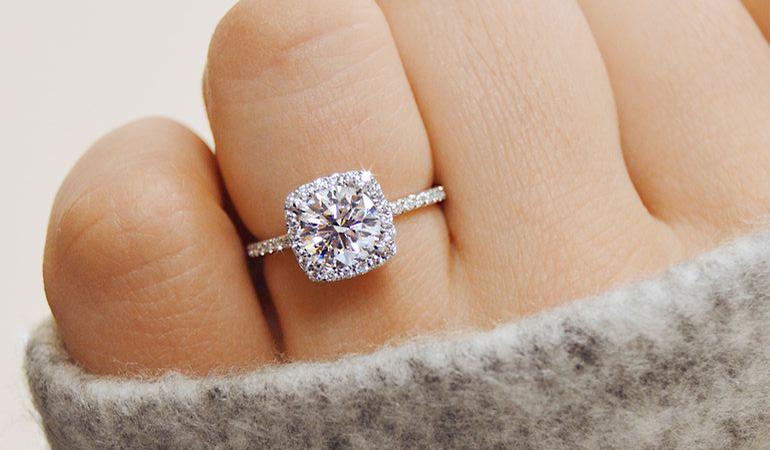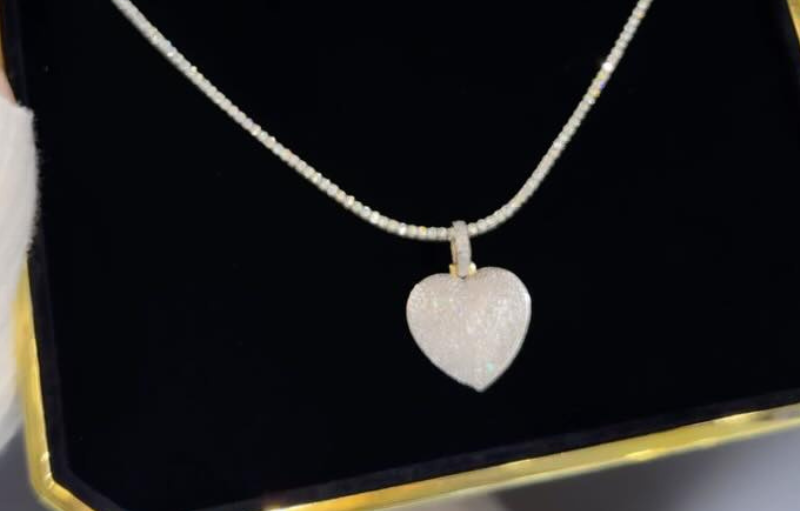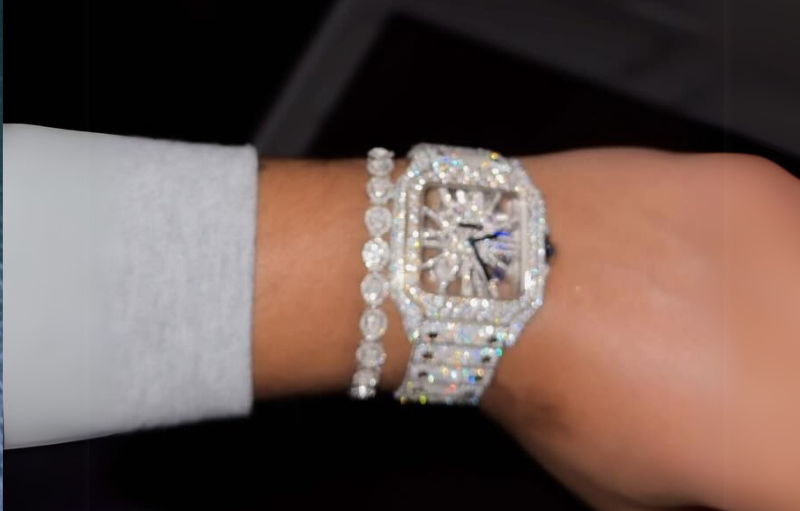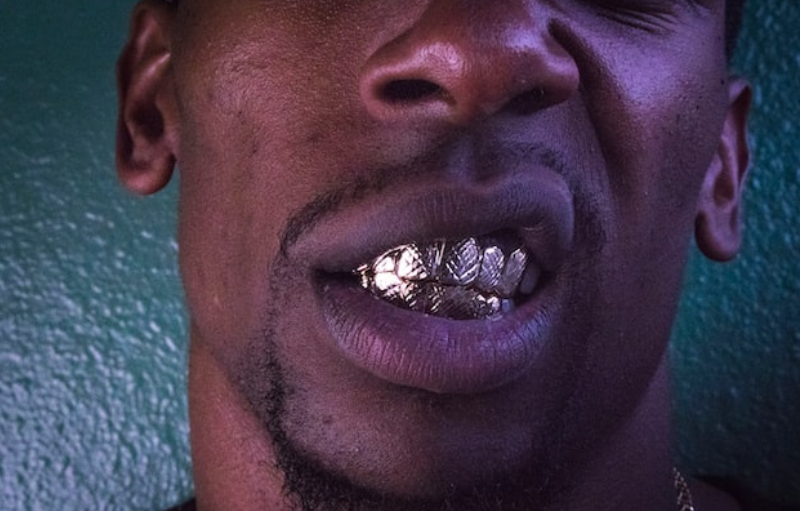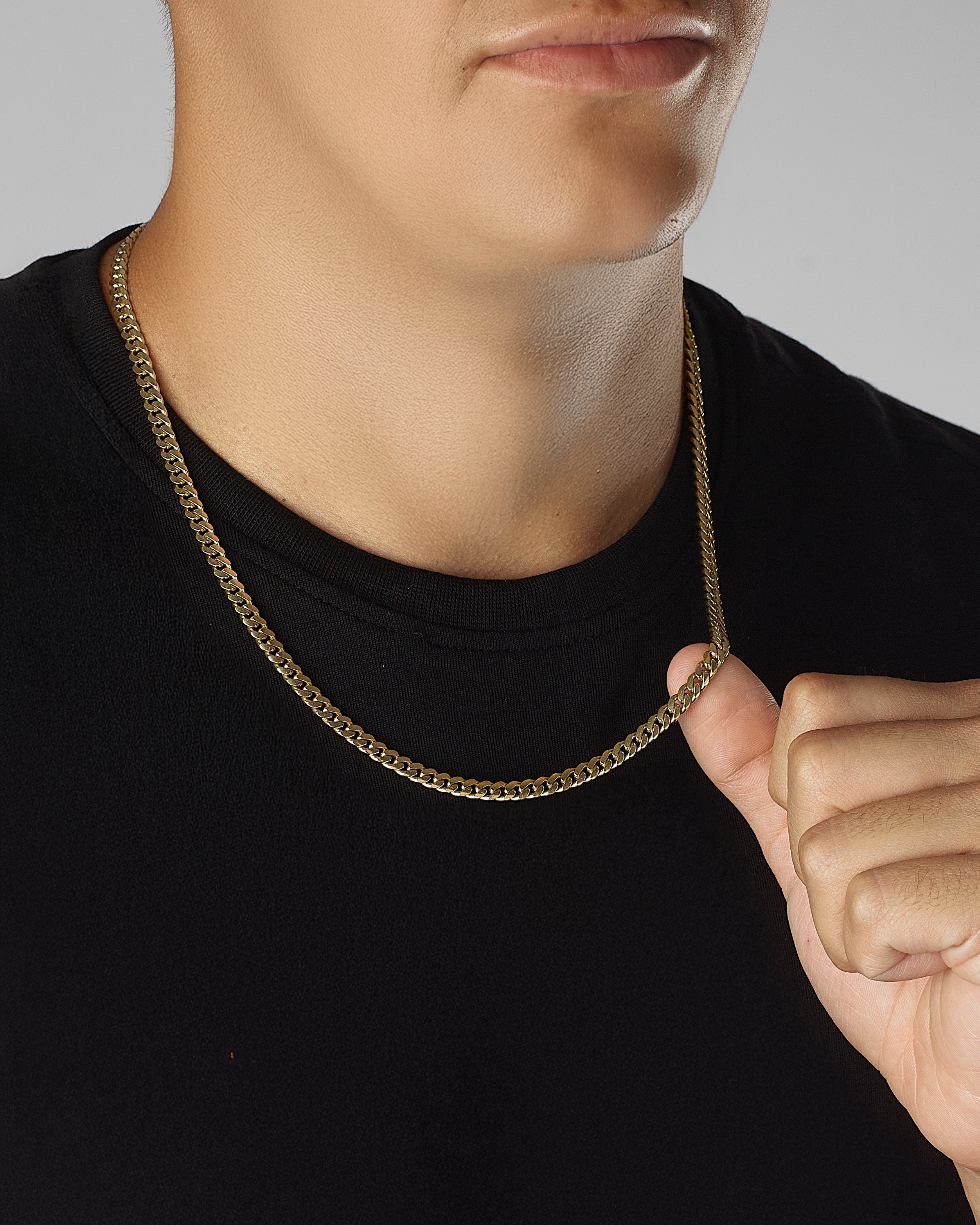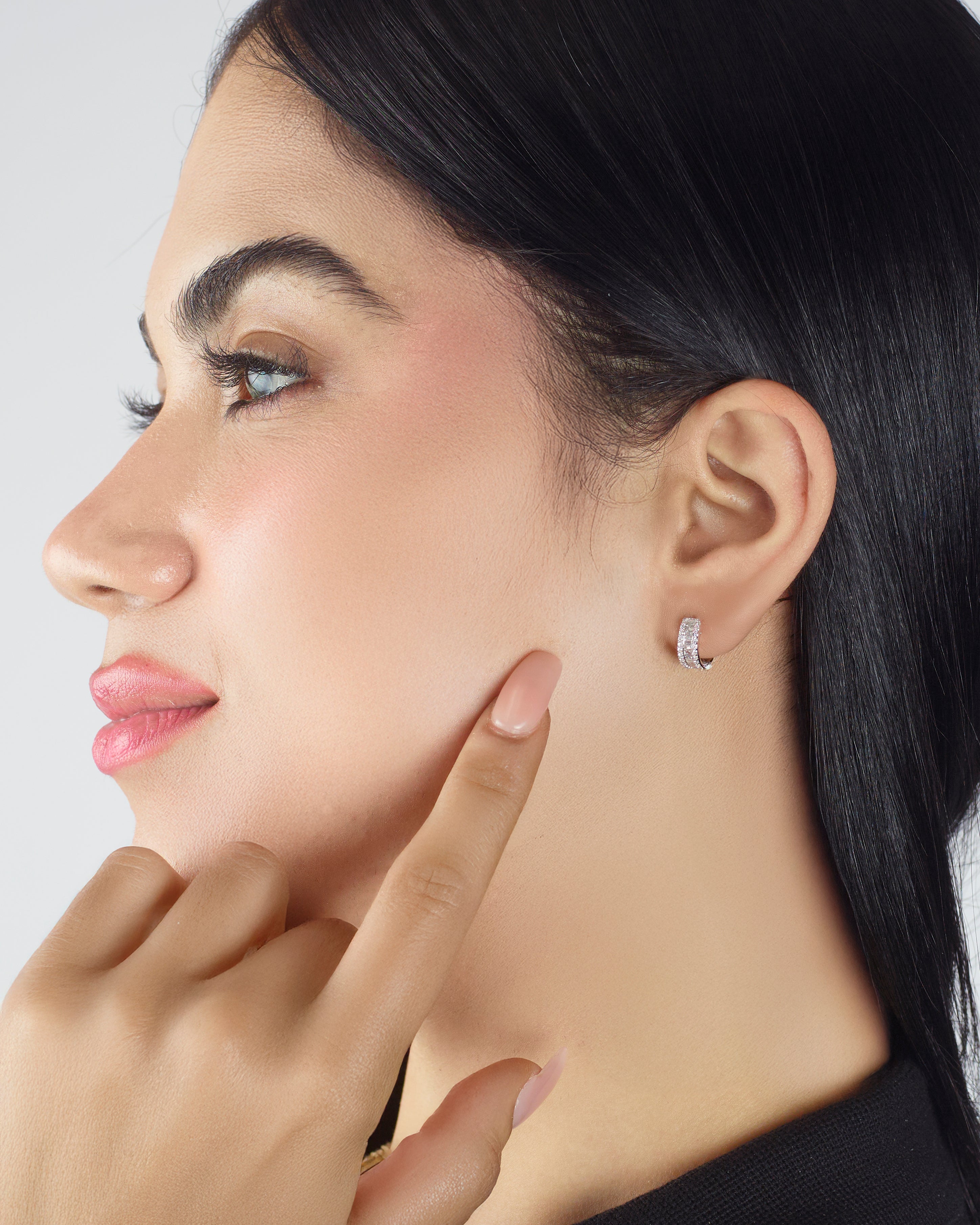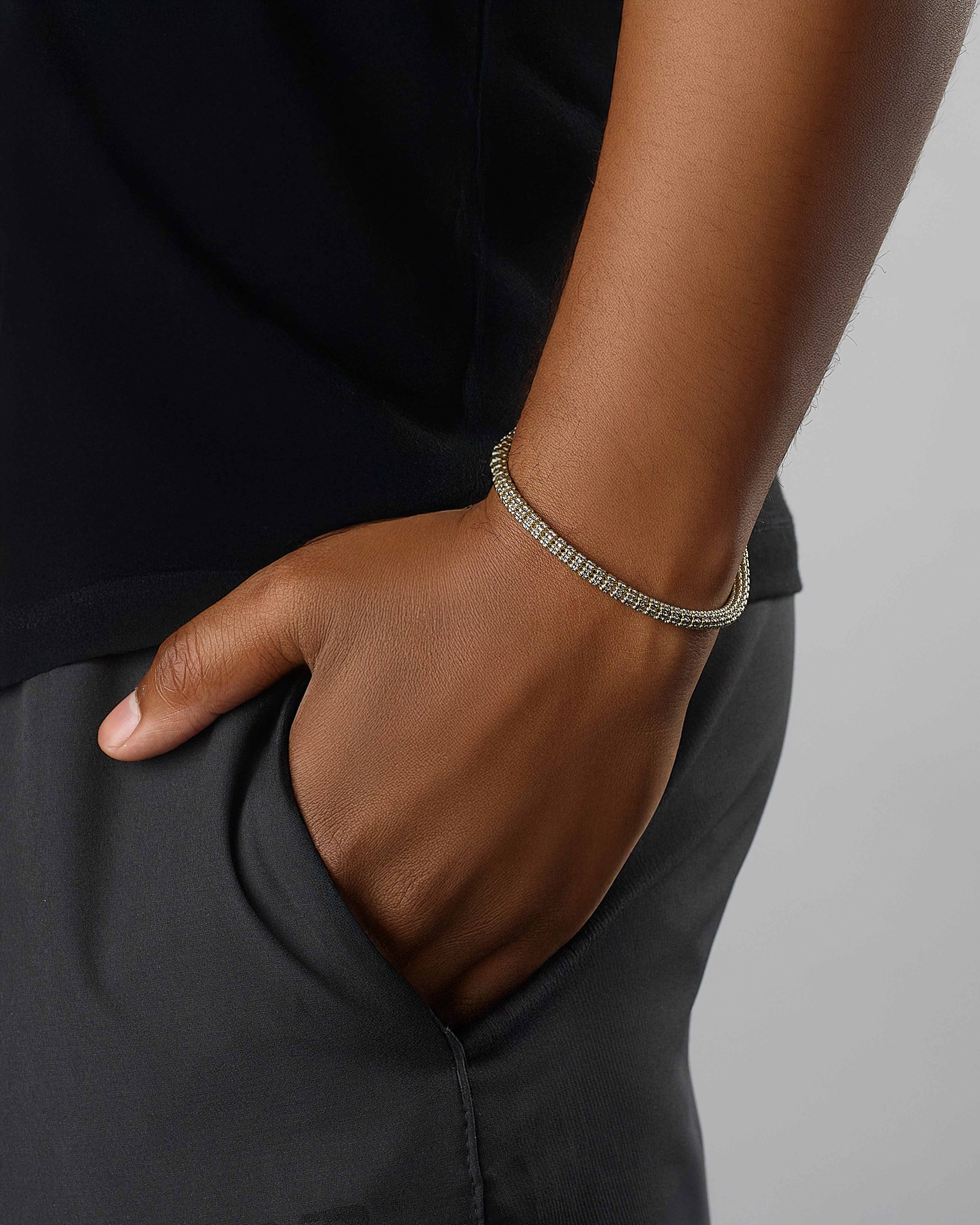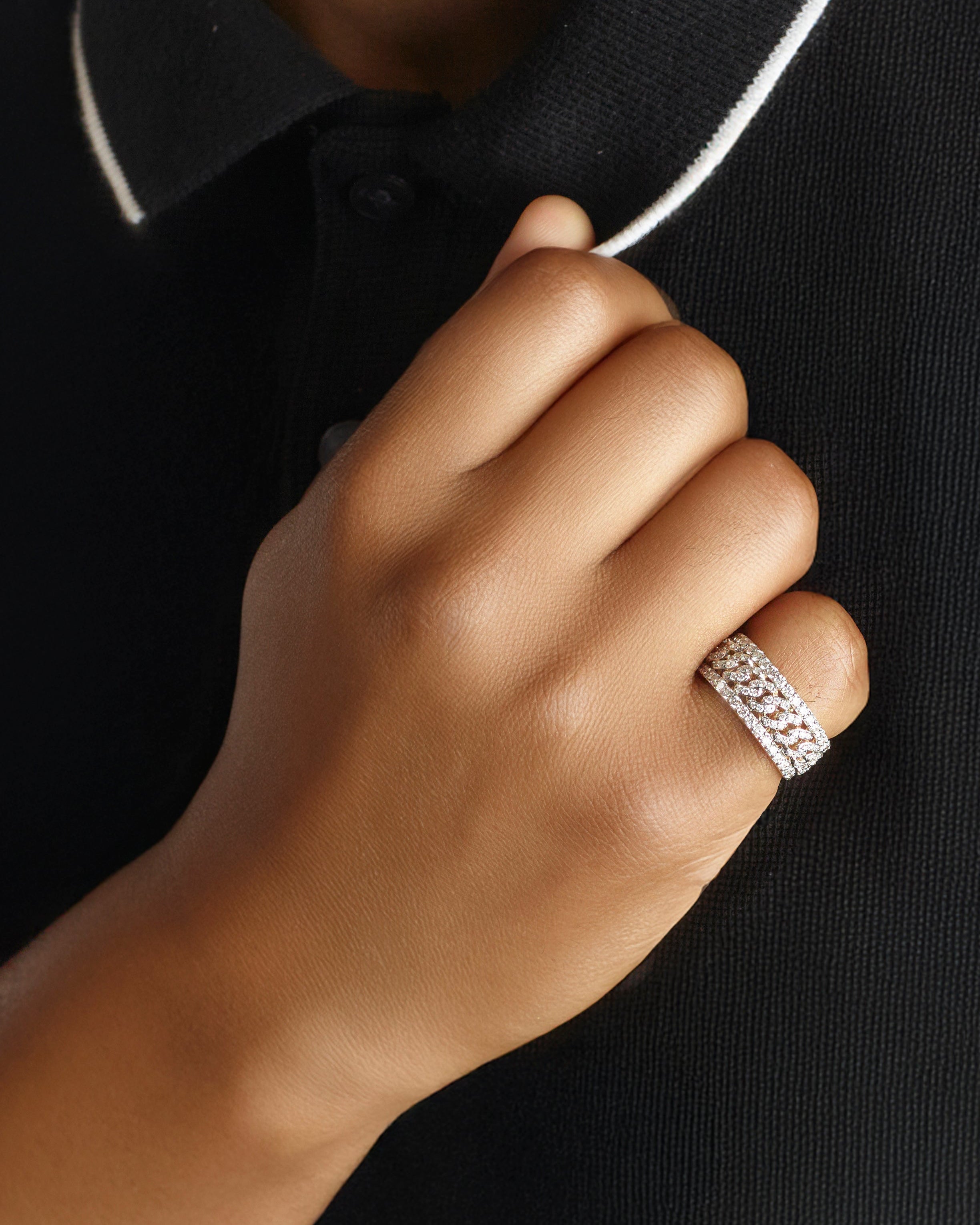Choosing the perfect diamond engagement ring is a significant and exciting milestone. It symbolizes love, commitment, and a lifelong journey together. With so many options available, it's essential to make an informed decision. Here’s a comprehensive guide to help you select the ideal diamond engagement ring that your partner will cherish forever.
1. Understand the 4 Cs of Diamonds
The 4 Cs – Cut, Color, Clarity, and Carat – are the primary factors that determine a diamond's quality and value. Understanding these can help you make a more informed choice.
a. Cut
- Definition: The cut refers to how well the diamond has been shaped and faceted. It affects the diamond's brilliance and sparkle.
- Grades: Excellent, Very Good, Good, Fair, Poor.
- Tip: Aim for an Excellent or Very Good cut for maximum brilliance.
b. Color
- Definition: The color of a diamond ranges from D (colorless) to Z (light yellow or brown).
- Grades: D (colorless) to Z (noticeable color).
- Tip: Opt for a color grade between D and H for a nearly colorless diamond that still looks stunning but is more affordable than a D-grade diamond.
c. Clarity
- Definition: Clarity measures the presence of internal inclusions or external blemishes.
- Grades: Flawless (FL), Internally Flawless (IF), Very Very Slightly Included (VVS1, VVS2), Very Slightly Included (VS1, VS2), Slightly Included (SI1, SI2), Included (I1, I2, I3).
- Tip: Choose a diamond with VS1 or VS2 clarity for a stone that looks flawless to the naked eye but is more affordable than higher clarity grades.
d. Carat
- Definition: Carat weight measures the size of the diamond.
- Tip: Consider your budget and the ring style. Larger diamonds are more expensive, but a well-cut smaller diamond can appear larger due to its brilliance.
2. Choose the Right Diamond Shape
The shape of the diamond affects the overall style of the ring. Common shapes include:
- Round: The most popular shape, known for its brilliance.
- Princess: A square shape with sharp corners, offering a modern look.
- Cushion: A square or rectangular shape with rounded corners, combining a classic and contemporary feel.
- Emerald: A rectangular shape with step cuts, known for its elegance.
- Oval: An elongated round shape that appears larger than a round diamond of the same carat weight.
- Marquise: An elongated shape with pointed ends, making fingers appear longer and slimmer.
- Pear: A teardrop shape that combines the round and marquise shapes.
- Asscher: A square shape with step cuts, similar to the emerald but more squared.
3. Select the Metal for the Band
The metal of the band complements the diamond and affects the overall look of the ring. Common metals include:
- Platinum: Durable and hypoallergenic, offering a sleek and modern look.
- White Gold: Similar in appearance to platinum but more affordable.
- Yellow Gold: A classic choice that offers a warm, traditional look.
- Rose Gold: A trendy option with a romantic, pinkish hue.
- Palladium: Similar to platinum but lighter and less expensive.
4. Choose the Setting
The setting affects the diamond's visibility and security. Popular settings include:
- Prong: Features metal claws that hold the diamond in place, allowing maximum light exposure for added brilliance.
- Bezel: Surrounds the diamond with a metal rim, offering excellent protection and a modern look.
- Halo: Encircles the center diamond with smaller diamonds, creating a sparkling effect and making the center diamond appear larger.
- Pavé: Features small diamonds set close together along the band, adding extra sparkle.
- Channel: Holds diamonds between two metal strips, offering a sleek and secure design.
- Tension: Uses the metal band to hold the diamond in place, creating a unique and modern floating effect.
5. Consider Your Partner’s Style
Think about your partner’s personal style and preferences:
- Classic: Simple and timeless designs, such as a solitaire diamond on a platinum or white gold band.
- Vintage: Intricate details and antique-inspired designs, often featuring milgrain or filigree work.
- Modern: Sleek and contemporary designs with unique shapes and settings.
- Romantic: Soft and feminine designs, often featuring rose gold and halo settings.
6. Set a Budget
Determine your budget before shopping for a ring. The 4 Cs can help you find a balance between quality and cost. Remember, a higher carat weight might mean compromising on color or clarity, and vice versa.
7. Choose a Reputable Jeweler
Buying from a reputable jeweler ensures you get a high-quality diamond and excellent customer service. Look for jewelers who offer:
- Certification: Ensure the diamond comes with a certification from a recognized gemological laboratory, such as GIA or AGS.
- Warranty and Return Policy: Check the warranty and return policy to ensure peace of mind.
- Customization: Consider jewelers who offer customization options to create a unique, personalized ring.
8. Get the Right Ring Size
Ensure you know your partner’s ring size. If you’re unsure, you can:
- Borrow a Ring: Borrow a ring your partner wears on their ring finger and have it sized by a jeweler.
- Ask Friends or Family: They might know your partner’s ring size.
- Use a Ring Sizer: Purchase a ring sizer online or use an online ring sizing guide.
Conclusion
Choosing the perfect diamond engagement ring involves understanding the 4 Cs, selecting the right shape, metal, and setting, considering your partner’s style, and setting a budget. With careful consideration and the right guidance, you can find a ring that your partner will adore and cherish for a lifetime.
For those seeking exquisite engagement rings with unparalleled craftsmanship, Oscar Stone NYC offers a stunning collection of high-quality diamond rings.


